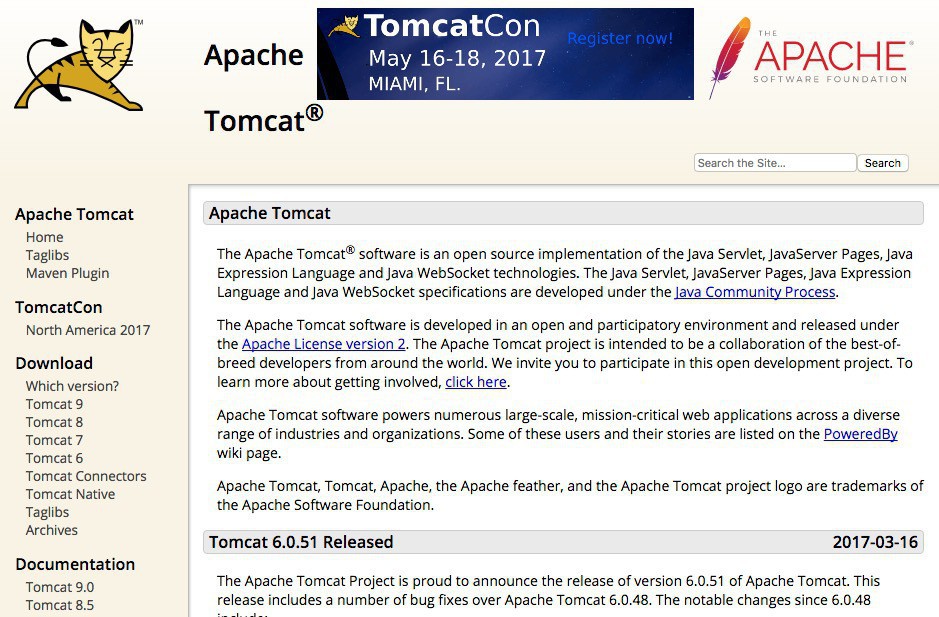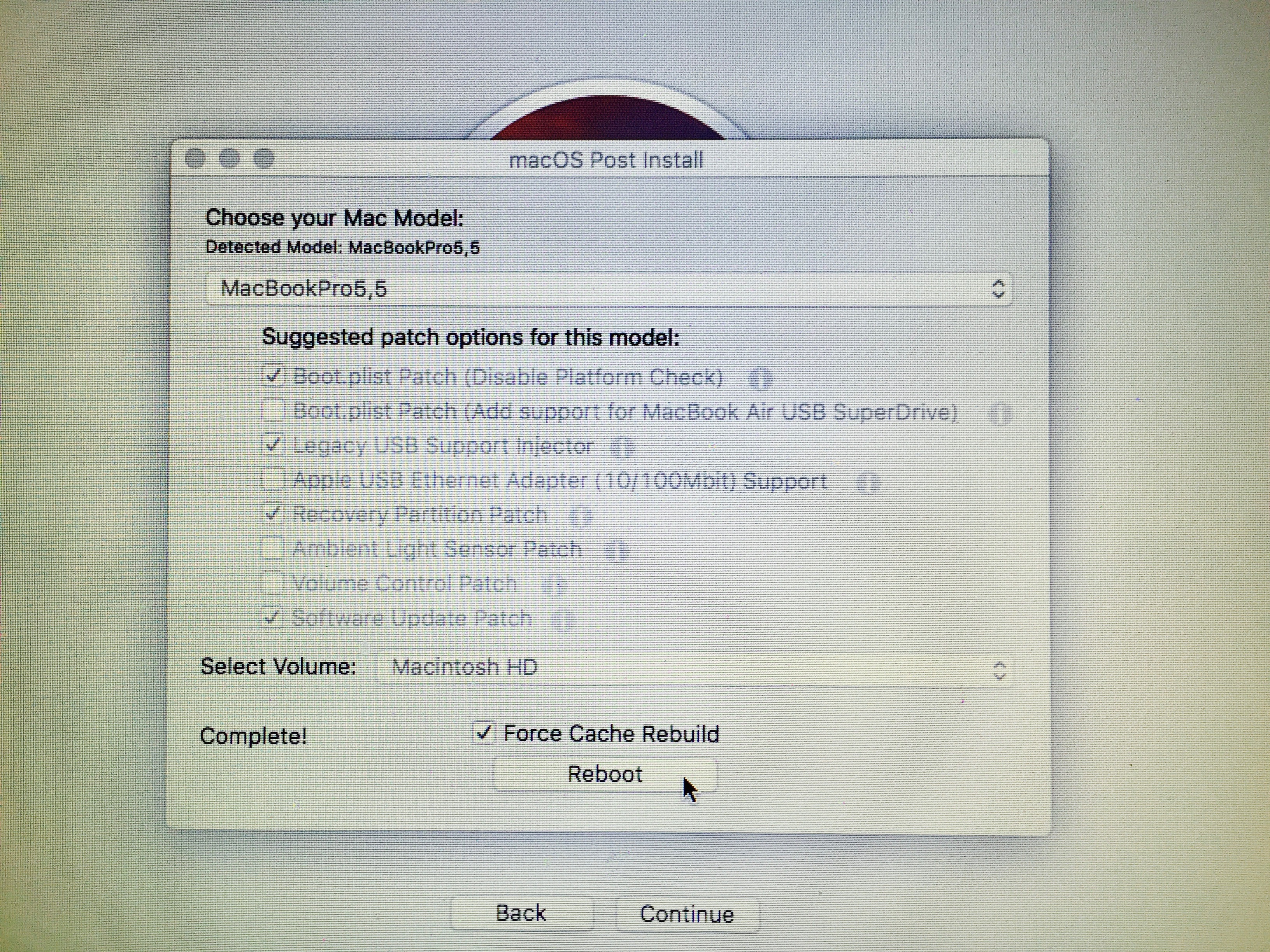Installing MacOS High Sierra 10.13 on Macs Not Supported is the purpose of the guide described on this page, follow step-by-step instructions.https://www.app. Open “Patch Tool Unlocker Master” then right-click on win-install.cmd and select Run as Administrator. It will install the patch file in the VMware for macOS High Sierra and older versions in order to unlock VMware and let you install macOS on it. Patch VMware to Unlock macOS Option. High Sierra installs the “Patch Updater” program in the Application/Utility folder when you install The Mac OS Post Install tool. This program will alert you when new patch updates are available for your machine and ask you to install them. Additionally, the tool allows team members to leave recorded messages and instructions for colleagues embedded in the graphics using a voice note tool. Macos Sierra Patch Tool 2. FreeCAD is an open source CAD tool that works on Mac as well as Windows and Linux. A future patcher release will likely fix the upgrade problems. For earlier releases of this patcher, check the README for v0.5.0 or earlier. Patcher releases before v0.4.2 will definitely have compatibility problems with Big Sur 11.0.1 Release Candidate 2 (20B28) or later, including the final Big Sur release. Compatibility of various Mac models.
Helps you create a bootable USB drive for macOS Catalina which will work with older Macs, not officially supported by the operating system
What's new in macOS Catalina Patcher 1.4.4:
- Fixed compatibility with Catalina version 10.15.5
 Read the full changelog
Read the full changelog macOS Catalina Patcher (formerly macOS Mojave Patcher, macOS High Sierra Patcher and macOS Sierra Patcher) is a small yet powerful tool that can help you create a bootable USB drive that can be used to install macOS Catalina on Mac computers older than mid 2012, basically acting as a macOS Mojave patch for unsupported Macs.
The tool extends the list of compatible hardware to the Mac Pro, iMac and MacBook Pro computers released in early 2008, Aluminum Unibody MacBooks or MacBooks Air manufactured in late 2008, or white MacBooks and Mac Minis produced in early 2009.
Get the macOS Catalina Installer app and make sure you have access to a compatible USB drive
To be able to use the app you must make sure that you have a USB drive that has at least 8 GB available, and that you have the macOS 10.15 Catalina installer app on your Mac.
Note that you can download the macOS image from the Mac App Store application only on a machine that supports Catalina: otherwise, you must find an alternative solution.
For your convenience, macOS Catalina Patcher offers you the possibility to download the image through its interface: just navigate to the Tools menu.
At the same time, you must prepare the USB drive with the help of the built-in Disk Utility application: just format the disk using the Mac OS Extended (Journaled) standard.
Easy to configure patcher tool that can create bootable macOS Catalina USBs
Within the main window, you must simply load the macOS 10.15 image you want to use and select the target USB drive. The app will verify the image to make sure everything is OK, and all you have to do is press the Start Operation button.
You have the option to monitor the process in the macOS Catalina Patcher main window, and the utility lets you know when the task is complete.
Worth mentioning is that after you install the OS by using the macOS Catalina Patcher bootable drive, you must launch the macOS Post Install utility to get access to patches specifically designed for your Mac’s model.
Make a bootable drive that allows you to install Catalina on unsupported Macs

Bottom line, if your Mac has been manufactured before early 2008, chances are that you will not be able to install macOS Catalina on your computer.
All things considered, macOS Catalina Patcher is a small and user-friendly utility designed to help you bypass this limitation if your Mac is not in macOS Catalina's compatibility list, created to be used as an unsupported Mac Mojave patch.
Filed under
macOS Catalina Patcher was reviewed by Sergiu Gatlan- 64-bit processor
- 16 GB USB drive
- macOS Mojave Installer App
- Early-2008 or newer Mac Pro, iMac, or MacBook Pro
- Late-2008 or newer MacBook Air or Aluminum Unibody MacBook
- Early-2009 or newer Mac Mini or white MacBook
- Early-2008 or newer Xserve
macOS Catalina Patcher 1.4.4
add to watchlistsend us an update- runs on:
- Mac OS X 10.6 or later (Intel only)
- file size:
- 223.4 MB
- filename:
- macOS Catalina Patcher.dmg
- main category:
- System Utilities
- developer:
- visit homepage
High Sierra Patcher
top alternatives FREE
top alternatives PAID
For the first time since Apple released OS X 10.8 Mountain Lion in July 2012, Apple has dropped support for a number of older Macs that had supported OS X 10.8 through 10.11 El Capitan. No MacBook and iMac models prior to Late 2009 and no MacBook Air, MacBook Pro, Mac mini, and Mac Pro models prior to 2010 are officially supported by macOS Sierra, although workarounds have been developed for most unsupported 2008 and 2009 Macs.
Mac OS X is no longer being called OS X, and Apple is not promoting Sierra with a version number either (however, it is internally identified as OS X 10.12). Now it’s simply macOS Sierra – in keeping with iOS, tvOS, and watchOS.

macOS Sierra was released on Sept. 20, 2016 and officially requires a supported Mac with at least 2 GB of system memory and 8.8 GB of available storage space. (We recommend at least 4 GB of RAM.)
Officially Supported Macs
All Late 2009 and later MacBook and iMac models are supported in macOS Sierra, as are all 2010 and newer MacBook Air, MacBook Pro, Mac mini, and Mac Pro computers.
Hacking macOS Sierra for Unsupported Macs
Hardware requirements for macOS Sierre include a CPU with SSE4.1, so it cannot be run on any Mac with a CPU prior to the Penryn Core 2 Duo. In theory, it should be possible to get Sierra running on any Penryn or later Mac. It may be possible to swap out the Merom CPU in some Macs for a Penryn, which would then allow Sierra to run.
Sierra can run with 4 GB of system memory, but as with all recent versions of OS X, more memory will allow it to run even better.
Colin Mistr has published a macOS Sierra Patch Tool, which currently allows you to install and run macOS Sierra on the following officially unsupported hardware:
- Early 2008 iMac or later
- Mid 2009 MacBook (white) or later
- Late 2008 MacBook Air or later
- Early 2008 MacBook Pro or later
- Late 2009 Mac mini or later
- Early 2008 Mac Pro or later
Note: If you have the Early 2009 Mac Pro and have installed the firmware update patch so it identifies itself as MacPro5,1, you can run the standard installer. You do not need the patch tool.
You will need a USB drive 8 GB or larger and Mistr’s patch tool, which is linked on his page. WiFi does not function on these unsupported systems if they have the Broadcom BCM4321 WiFi module:

- Late 2008 and Mid 2009 MacBook Air
- Early 2008 and Mid 2008 MacBook Pro
New Features
Siri comes to the Mac with macOS Sierra.
Mac Os Sierra Patch Tool
macOS Sierra can automatically sync all files on your Desktop and in your Documents folder with other Macs running Sierra. You can also access these files in your iPhone or iPad using iCloud Drive.
The new Universal Clipboard lets you copy on one device and paste on another – whether it’s a Mac with Sierra or an iPhone or iPad with iOS 10.
Tabs are almost everywhere in Sierra, and they work much as they do in your browser. Third party apps will also be able to use tabs.
Apple Pay is now part of macOS, not just iOS.
If you have an Apple Watch, Auto Unlock will authenticate you and log you in automatically when you approach your Mac.
Optimized Storage can store infrequently used files in iCloud while keeping them immediately available any time you are online.
Availability
Apple developers can download an early pre-release version of macOS Sierra today, and a beta version will be available to users in July. The full release is scheduled for Fall 2016.
Keywords: #macossierra
Short link: http://goo.gl/MkIekT
searchword: macossierra